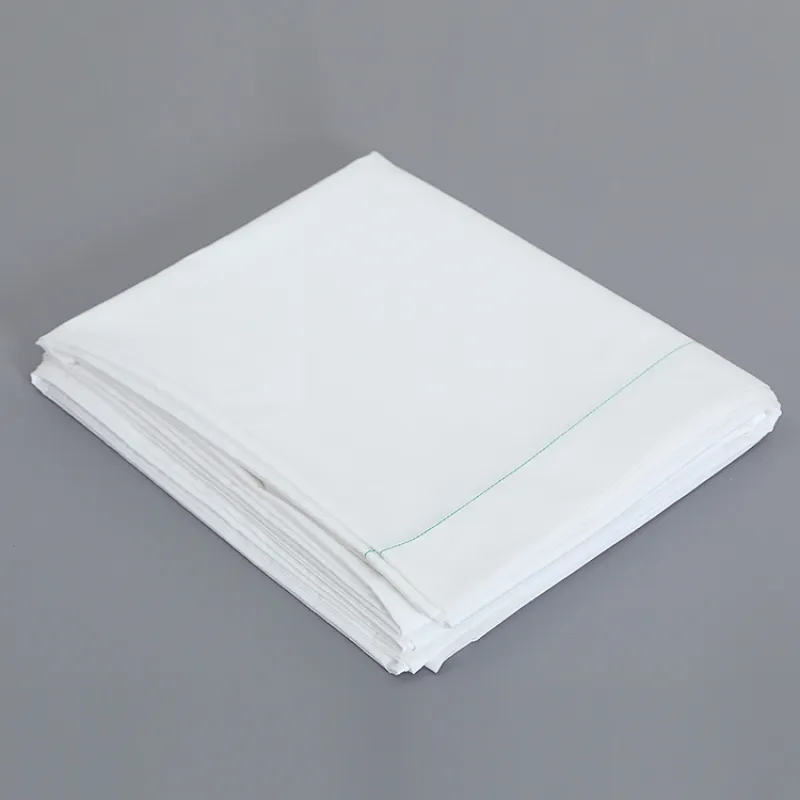Comforter
A comforter is an easy to use layer that sits on top of the mattress. It functions similarly to a duvet and duvet cover, but is instead constructed in one piece, with widely spaced functional stitching that ensures its filling remains evenly distributed.
A comforter is an easy to use layer that sits on top of the mattress. It functions similarly to a duvet and duvet cover, but is instead constructed in one piece, with widely spaced functional stitching that ensures its filling remains evenly distributed.



 These processes can significantly reduce the amount of energy and chemicals required, while also generating fewer byproducts These processes can significantly reduce the amount of energy and chemicals required, while also generating fewer byproducts
These processes can significantly reduce the amount of energy and chemicals required, while also generating fewer byproducts These processes can significantly reduce the amount of energy and chemicals required, while also generating fewer byproducts

